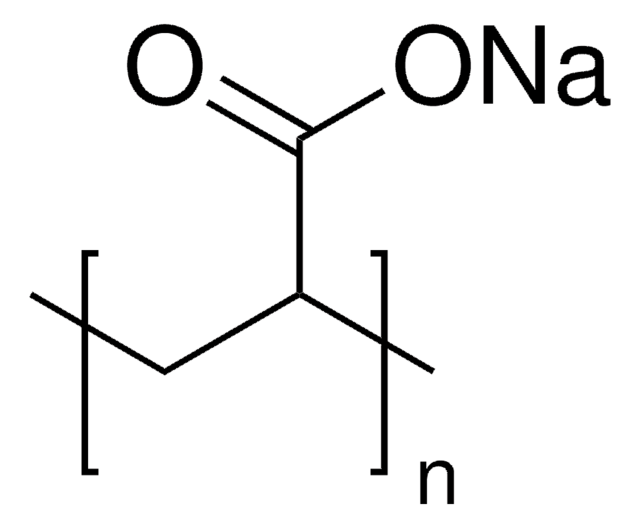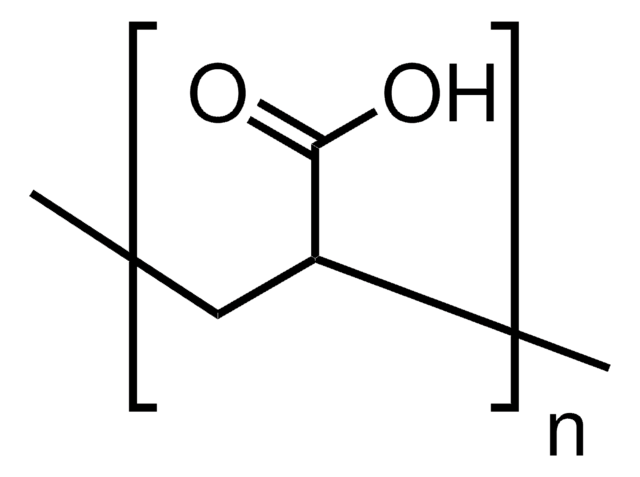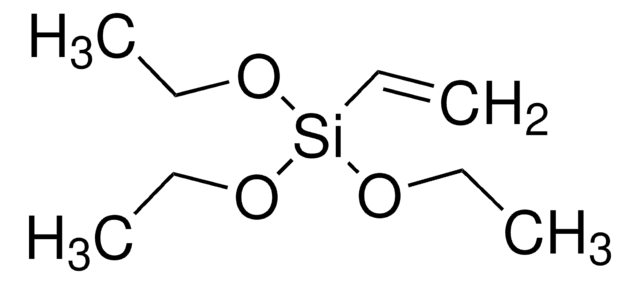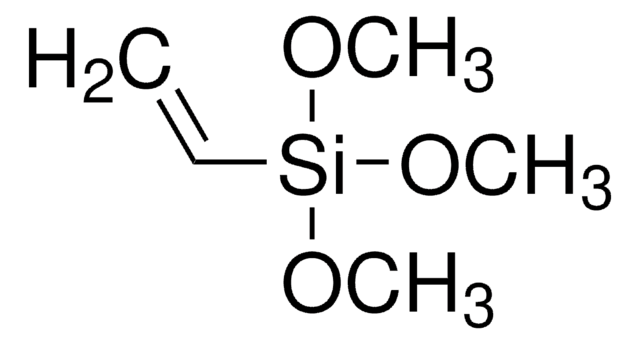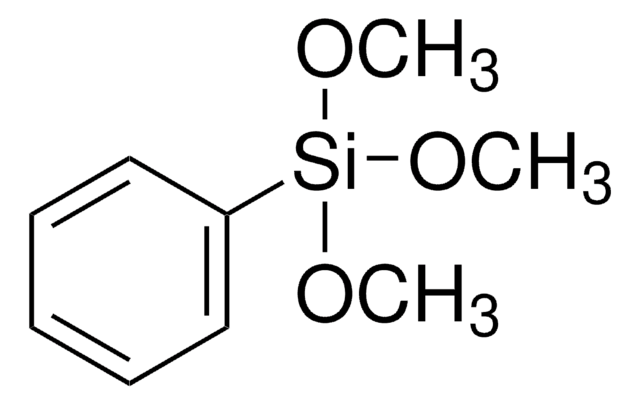选择尺寸
About This Item
推荐产品
1 of 4
此商品 | 235768 | 440221 | 435651 |
|---|---|---|---|
| assay 97% | assay 98% | assay 97% | assay ≥94% |
| density 0.903 g/mL at 25 °C (lit.) | density 0.968 g/mL at 25 °C (lit.) | density 0.968 g/mL at 25 °C (lit.) | density 1.062 g/mL at 25 °C (lit.) |
| bp 160-161 °C (lit.), 62-63 °C/20 mmHg (lit.) | bp 123 °C (lit.) | bp 123 °C (lit.) | bp 233 °C (lit.) |
| refractive index n20/D 1.398 (lit.) | refractive index n20/D 1.392 (lit.) | refractive index n20/D 1.392 (lit.) | refractive index n20/D 1.468 (lit.) |
| Quality Level 200 | Quality Level 200 | Quality Level 200 | Quality Level 200 |
警示用语:
Warning
危险声明
预防措施声明
危险分类
Eye Irrit. 2
储存分类代码
10 - Combustible liquids
WGK
WGK 1
闪点(°F)
Not applicable
闪点(°C)
Not applicable
个人防护装备
Eyeshields, Gloves, type ABEK (EN14387) respirator filter
商品
Recently, layer-by-layer (LbL) assembly has emerged as a versatile, gentle and, simple method for immobilization of functional molecules in an easily controllable thin film morphology.1,2 In this short review, we introduce recent advances in functional systems fabricated by using the mild, yet adaptable LbL technique.
We present an article that discusses two applications in particular; first, using these layers as polyelectrolyte membranes to control permeability.
我们的科学家团队拥有各种研究领域经验,包括生命科学、材料科学、化学合成、色谱、分析及许多其他领域.
联系客户支持